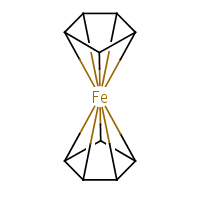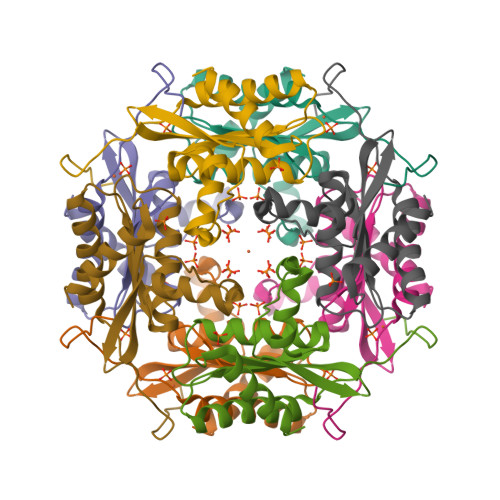I do not understand what principle is used by PubMed to indicate which papers are “related” to the one you are looking at. Take, for instance, the recent paper “
Epigenetics: an important challenge for ICP-MS in metallomics studies” — among “Related Articles”, the top one is entitled “
Chronoastrobiology: proposal, nine conferences, heliogeomagnetics, transyears, near-weeks, near-decades, phylogenetic and ontogenetic memories”. (Is that a real title?
Yes it is.) True, the
abstract, though truncated, makes an intriguing reading, but has it anything to do with metallomics (or epigenetics, for that matter)? The only passage related to any ome or omics is the following:
Structures in time are called chronomes; their mapping in us and around us is called chronomics. The scientific study of chronomes is chronobiology.
Well, I don’t know,
Webster’s definition of chronobiology makes more sense to me and it does not use the dodgy concept of “chronome”. As for today, 27 March 2009, PubMed citations for chronome (61) and chronomics (39) visibly outnumber metallome (8) and metallomics (20), while there is none that combines any of the first pair of terms with any of the second pair of terms.









![3-[hydroxy(oxido)phosphoranyl]pyruvic acid](https://blogger.googleusercontent.com/img/b/R29vZ2xl/AVvXsEj4EOt2L_5jcMhNbgn4JaWfKl-49pWwfiawIMueHGFURAD7kBFWozYQr-DrmneMCv2tF-8lST5RFOQZg6w5ncJbfjh5iXS87ZKqo5idU87wsDVn24gxhhyphenhyphentHKwP6d4EmyJPAlXF7A/s320/CHEBI18007.png)







